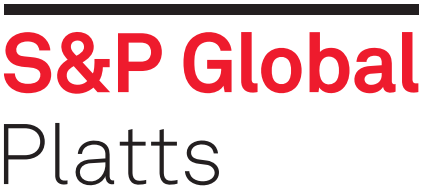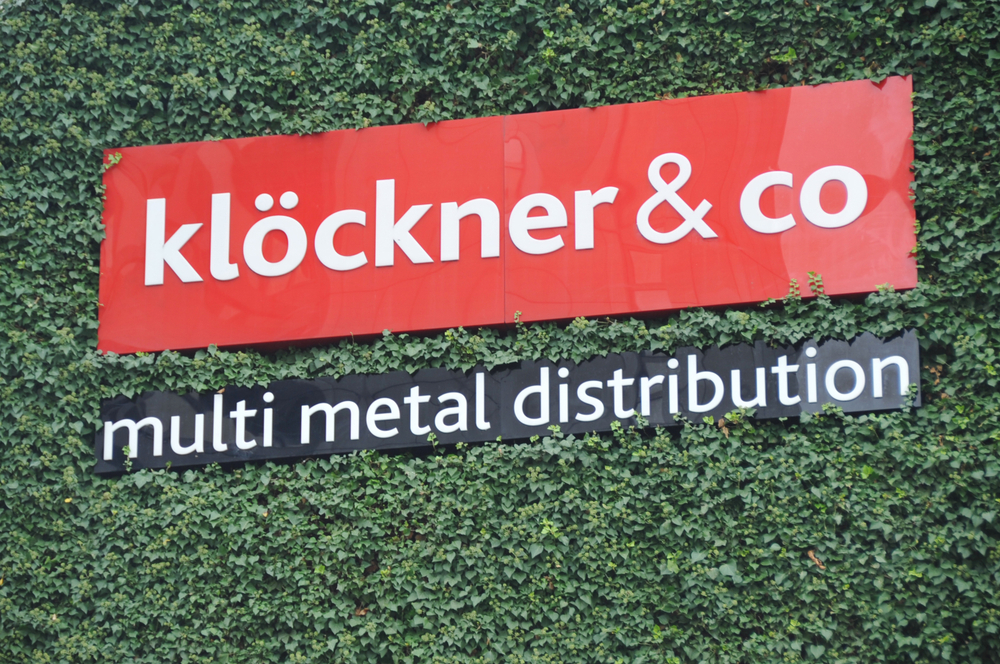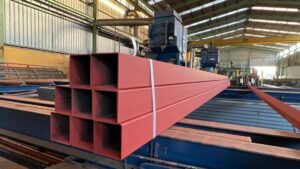Steel companies are not doing enough to address Scope 3 CO2 emissions, which will be the biggest challenge for the steel supply chain in energy transition, Guido Kerkhoff, CEO of German steel stockholder Kloeckner, said Nov. 3.
At the press call on the company’s third-quarter results, Kerkhoff said that some are only superficially looking at lowering CO2 emissions.
He said 99% of Kloeckner’s CO2 emissions fall under the Scope 3 category, which measures indirect greenhouse gas emissions of corporations.
Kerkhoff said Kloeckner is going to be the biggest customer of the H2 Green Steel venture once it starts production and the steel volume acquired from Kloeckner would address 10% of the stockholder’s Scope 3 emissions.
Kloeckner signed a distribution deal with Swedish fossil-free steel venture H2 Green Steel in October this year to distribute up to 250,000 mt/year of green steel from 2025.
H2 Green Steel, founded in 2020, aims for large-scale fossil-free steel production in northern Sweden by 2024 with a production target of 5 million mt/year of fossil-free steel by 2030.
Kloeckner’s emissions under Scope 1 and 2 totaled 100,000 mt of CO2/year.
Kerkhoff said that despite the difficulty of addressing all three Scopes, the steel industry is in an advantageous position compared to other commodities due to its recyclability and the technical changes that are underway. He said steel would be able to replace other materials to achieve a greener supply chain and that the company is working on this with one customer.
He added there are opportunities in construction and the carbon fiber space to use more steel.
Increase in real steel demand
In terms of the current short-term outlook, Kloeckner sees the steel price environment improving, backed by an expected increase in real steel demand in 2022 in the US by 8%-12% and Europe by 4%-8% in the construction and mechanical engineering industries in both regions.
Shipbuilding is expected to grow in the US but fall in Europe, while auto demand will slightly increase. The energy industry is expected to grow as well but mostly in the US, it added.
The auto industry is expected to see some easing of the semiconductor shortage in 2022 as well, Kerkhoff said.
The semiconductor shortage did have an impact on Q3 volumes. Overall, shipments were down 4.2% year on year at 1.19 million mt. Kloeckner continued its margin-over-volume strategy, opting for higher priced sales instead of large bookings, while the uptake from auto was muted.
The overall higher price level of steel compared to Q3 2020 meant that Kloeckner was able to achieve a sales increase of 59.3% year on year to Eur2 million ($2.32 million) and EBIDTA of Eur277 million, up from Eur40 million in Q3 last year.
— Laura Varriale






